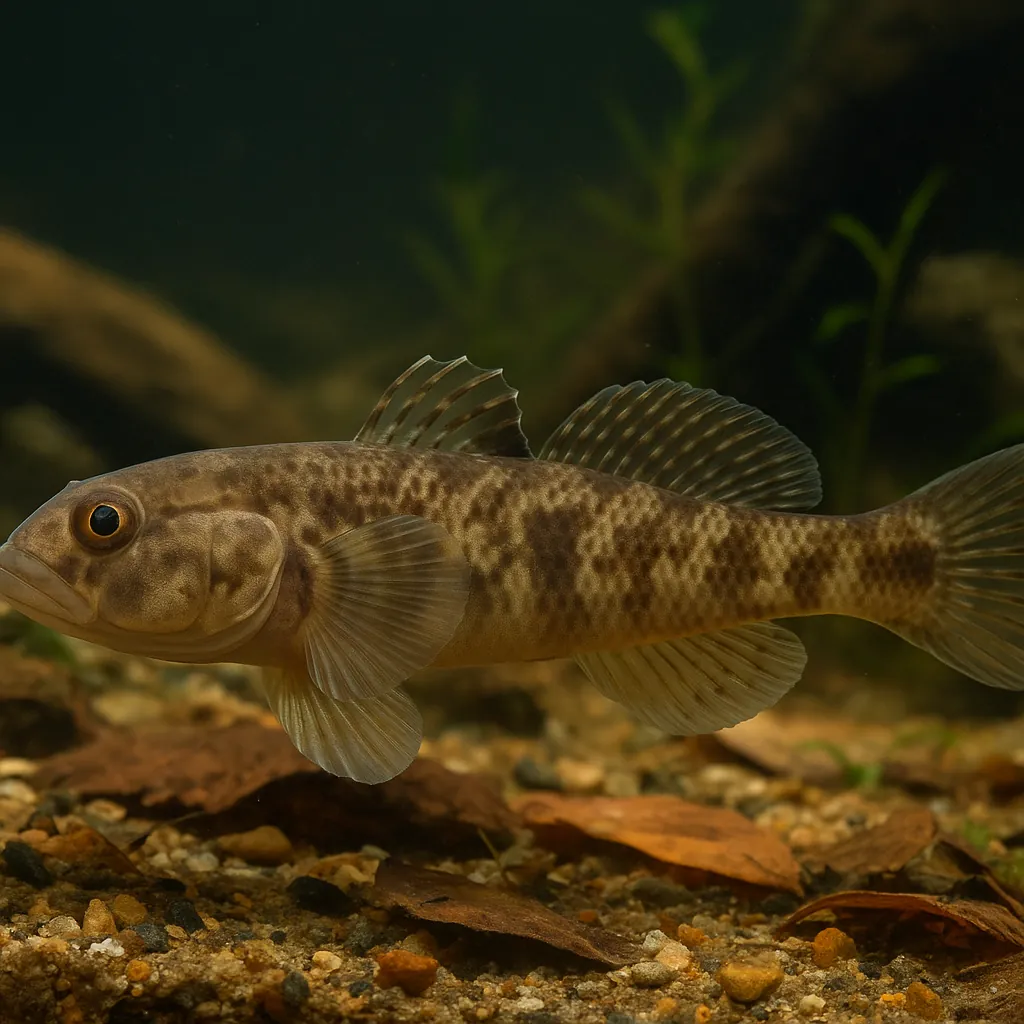
Goby fish
Introduction
Goby fish are a diverse group of small, bottom-dwelling species known for their vibrant colors and unique behaviors, making them a favorite among aquarists. Their manageable size and generally peaceful nature make them suitable for both beginner and intermediate fishkeepers. However, understanding their specific care requirements is essential to ensure their health and longevity in a home aquarium.
What makes goby fish appealing to aquarists?
Goby fish are appreciated for their striking colors, interesting behaviors, and the ability to form symbiotic relationships with other species, adding dynamic interactions to the aquarium environment.
Are goby fish suitable for beginners?
Yes, many goby species are hardy and adaptable, making them suitable for beginners, provided their specific care needs are met.
Care and Environment
Proper care for goby fish involves creating an environment that closely mimics their natural habitat. This includes appropriate tank size, water parameters, filtration, lighting, feeding, and tank decor.
What is the minimum tank size for goby fish?
The minimum tank size varies by species. For smaller gobies, a 40-liter tank is sufficient, while larger species may require at least 75 liters. For instance, the dragon goby requires a minimum of 113 liters.
What are the ideal water parameters for goby fish?
Most gobies thrive in temperatures between 22°C to 28°C, with a pH range of 7.5 to 8.5. Some species, like the dragon goby, prefer brackish water conditions.
How should the tank be set up for goby fish?
A sandy substrate is ideal, as many gobies are burrowers. Providing ample hiding spots with rocks, caves, and driftwood helps them feel secure. Live plants can also be added, but ensure they are compatible with the goby's behavior.
What should goby fish be fed?
Goby fish are omnivorous, feeding on small crustaceans, algae, and plankton. In captivity, they can be fed live and frozen foods like brine shrimp and bloodworms, high-quality pellets or flakes, and occasional plant material for nutritional balance.
Are there any specific challenges in keeping goby fish?
Some goby species are sensitive to changes in water quality and may be territorial towards their own kind. It's important to monitor water parameters regularly and provide adequate space to minimize aggression.
Origin and Habitat
Goby fish are found in various regions worldwide, inhabiting freshwater, brackish, and marine environments. They are commonly found in rivers, estuaries, and coastal areas, often preferring sandy or muddy substrates where they can burrow. Some species, like the yellow clown goby, inhabit coral reefs and are known to roost in the branches of staghorn corals.
Where are goby fish commonly found?
Goby fish are distributed globally, with species inhabiting freshwater rivers, brackish estuaries, and marine coastal regions.
What type of environments do goby fish prefer?
They often prefer environments with sandy or muddy substrates, where they can burrow, and areas with ample hiding spots like rocks, coral branches, or submerged vegetation.
Temperament and Compatibility
Goby fish are generally peaceful and can coexist with a variety of tank mates. However, their compatibility depends on the specific species and the tank environment.
Are goby fish aggressive?
Most goby species are peaceful, but some can be territorial, especially towards their own kind. It's advisable to keep them singly or in mated pairs to reduce aggression.
What are suitable tank mates for goby fish?
Suitable tank mates include other peaceful species of similar size, such as clownfish, firefish gobies, and small damselfish. Avoid housing them with larger, aggressive fish that may prey on them.
Do goby fish require specific tank conditions to coexist peacefully?
Providing ample hiding spots and ensuring adequate space can help minimize territorial behavior and promote a harmonious tank environment.
Interesting Facts
Goby fish exhibit several fascinating traits that make them unique among aquarium species.
Do goby fish form symbiotic relationships?
Yes, some goby species form symbiotic relationships with pistol shrimp, where the goby acts as a lookout while the nearly blind shrimp maintains their shared burrow.
How do goby fish contribute to tank maintenance?
Sand-sifting gobies help keep the substrate clean by consuming detritus and aerating the sand, contributing to a healthier tank environment.
Are goby fish known for any unique behaviors?
Many gobies are known for their "perching" behavior, where they rest on rocks or corals, and some species exhibit a "fish dance," wiggling back and forth while waving their fins.
Sources
All information in this article has been gathered from the following reputable sources:
Overview
Recommended Tank Size 19.8 Gallons (for dragon goby) |
Minimum Group Size 1 |
Maximum Adult Size |
Minimum Tank Volume 10.6 Gallons |
Maximum Adult Length 11 inches |
Average Adult Length 2 inches |
Shoaling (6+ required) No |
Preferred Water Type Freshwater, brackish |
Temperature Range (°C) 22–28 |
pH Range 7.5–8.5 |
Water Hardness (dGH) 8–12 |
Typical Lifespan (years) 5 years |